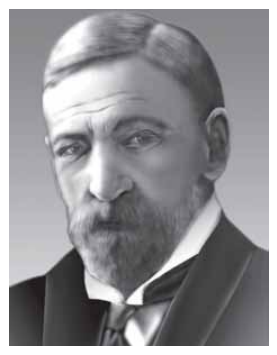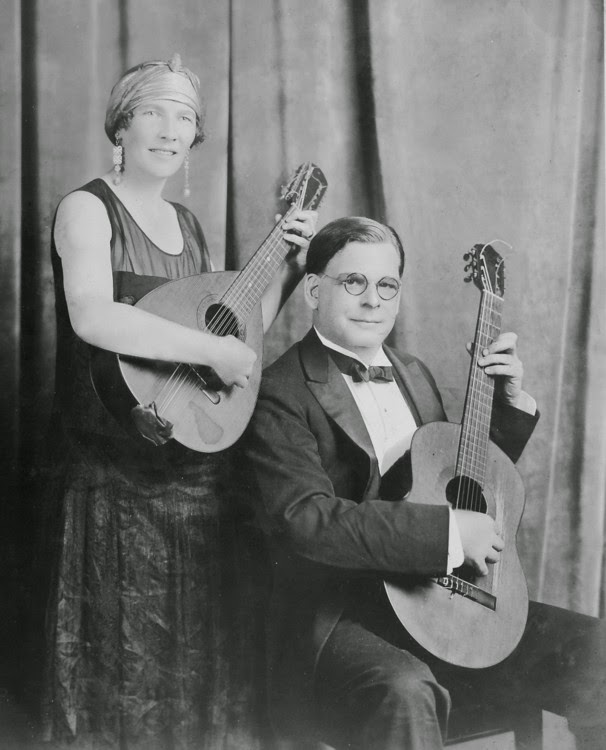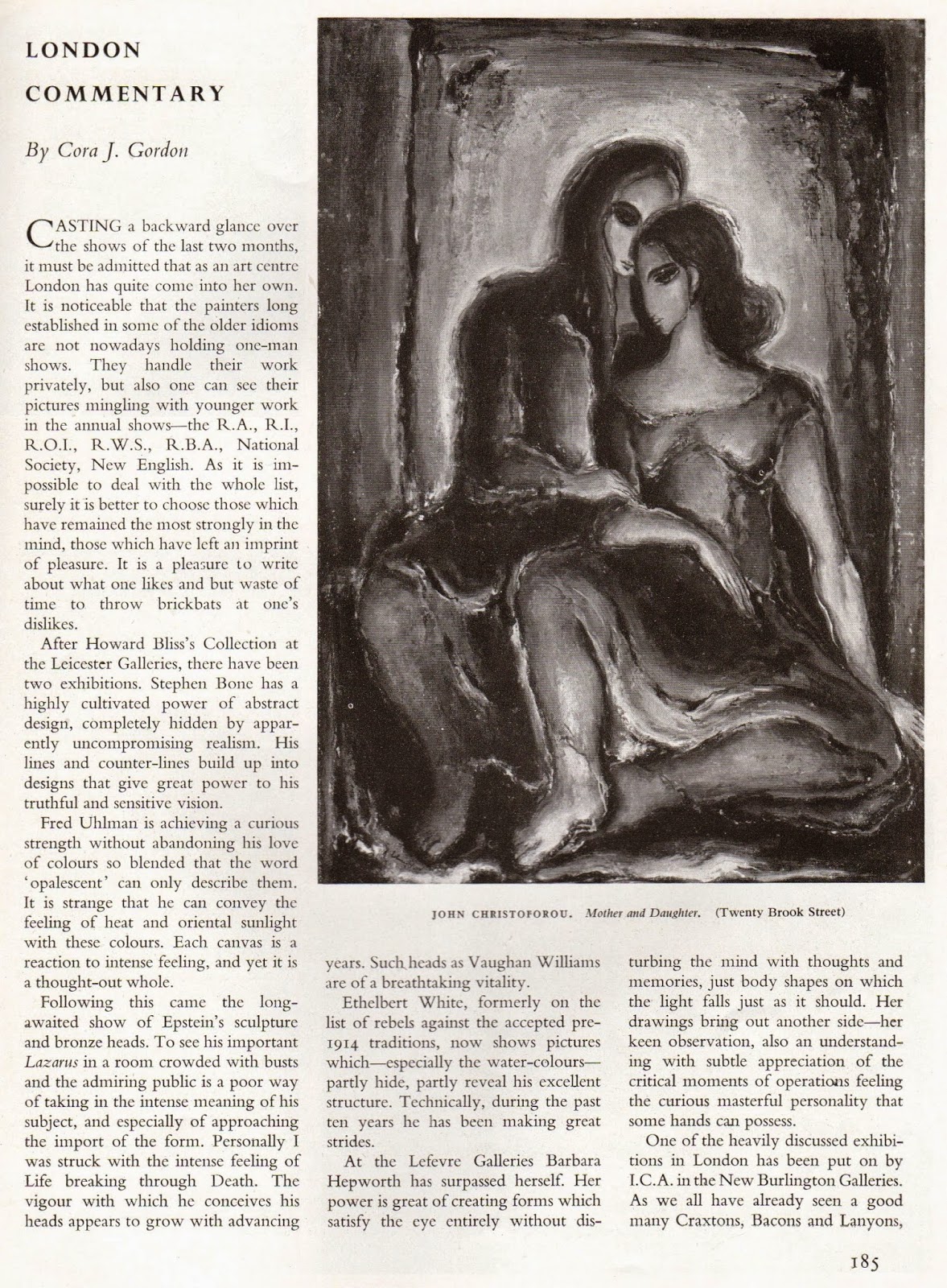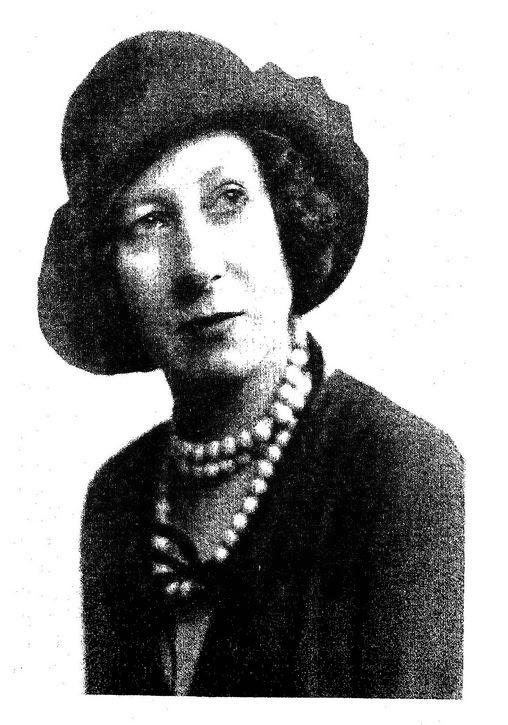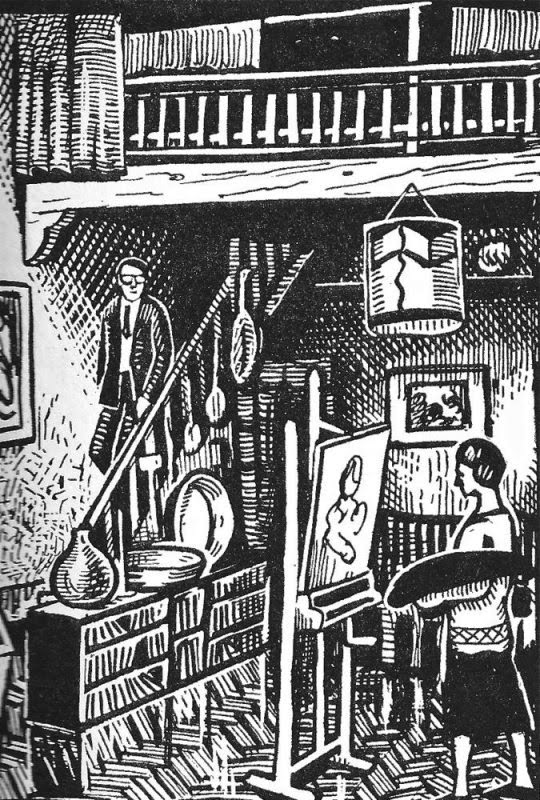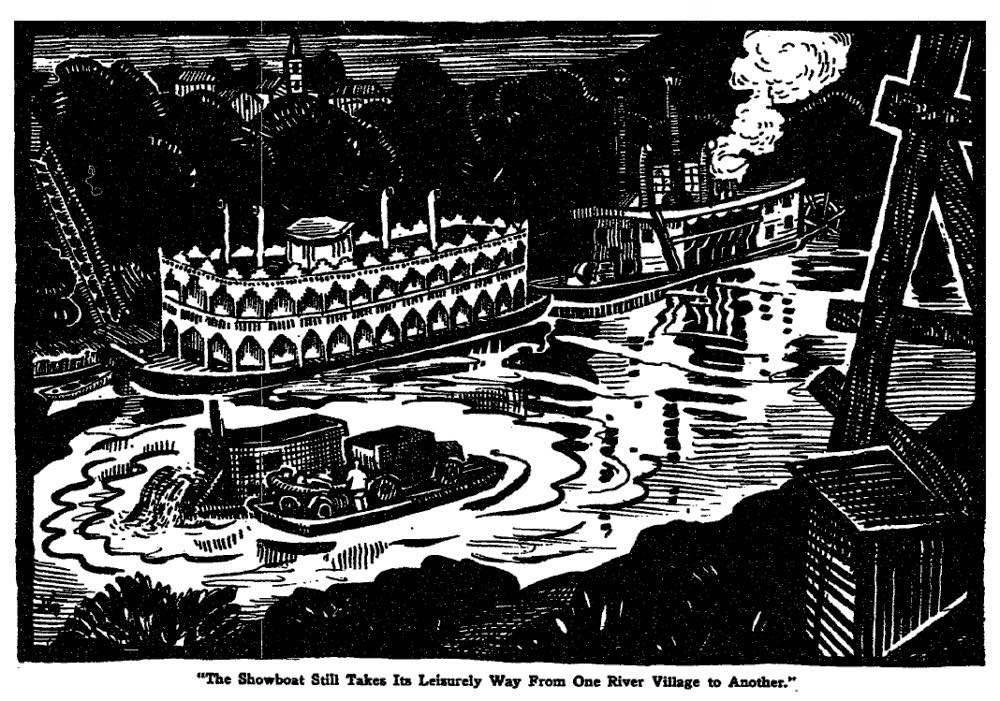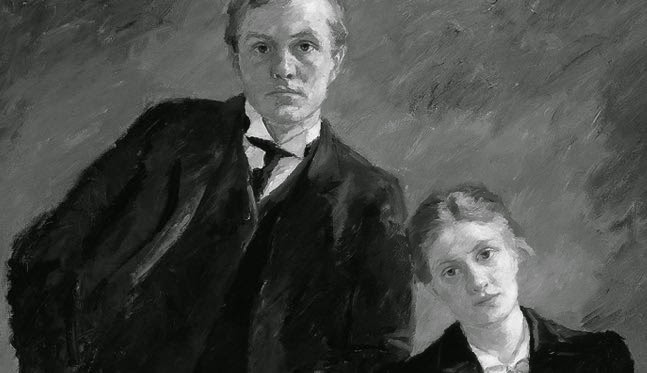Jan Gordon and "The City of Dreadful Hate", 1916
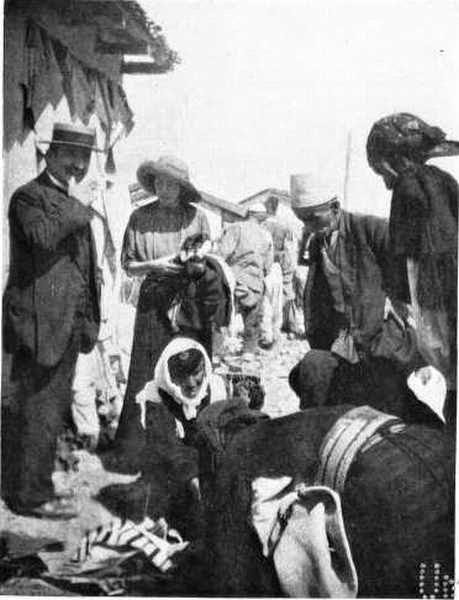
The Sunderland Daily Echo and Shipping Gazette of Saturday 22 January 1916 quotes Jan Gordon in "The New Witness" as follows: "On a flat marsh, at the edge of a great green lake, surrounded on all sides by high and gloomy mountains, lies the City of Dreadful Hate, says Mr Jan Gordon in "The New Witness." It has no country, for those who hold it are not its owners, and to those who are its countrymen it will not submit. The greatest city in all those regions, yet has it no sovereign power, for hat constructs nothing ; and so hating itself it lies supine, a prey to any who will possess it. Within its walls a great street divides hate from hate, and at night he who does not hate must carry a lantern, so that the haters shall not kill him. This is not romance ; this is a description of Scutari, and in Albania. A truly strange city, with its mosques on one side of the "rue Internationale" and its cathedrals on the other - muezzin crying against Matins ...
